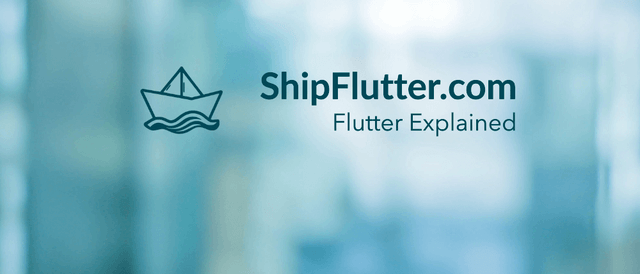
AnimatedWidget Explained | Flutter for Web Developers
Understand how to use AnimatedWidget as an Web Developer
What’s AnimatedWidget?
The AnimatedWidget class in Flutter is an abstract widget that rebuilds when the value of a given Listenable changes. It is primarily used with Animation objects, which are Listenable, but can also work with other Listenable types like ChangeNotifier and ValueNotifier. Key methods include the build method, which must be overridden to define how the widget should be built based on the current state of the listenable.
Check the official documentation for more.
AnimatedWidget explained for Web Developers
From a web developer’s perspective, the AnimatedWidget class can be compared to state management in frameworks like React, Angular, or Vue. Just as these frameworks allow components to react to state changes, AnimatedWidget allows Flutter widgets to respond to changes in animation values. However, unlike React’s hooks or Angular’s observables, AnimatedWidget requires the developer to manage the lifecycle of the AnimationController manually, making it a bit more hands-on.
Example Code
Here is an example of how to use AnimatedWidget:
class Spinner extends AnimatedWidget { Spinner({Key? key, required Animation<double> animation}) : super(key: key, listenable: animation);
@override Widget build(BuildContext context) { final animation = listenable as Animation<double>; return Transform.rotate( angle: animation.value * 2.0 * 3.14159, child: Container(width: 100, height: 100, color: Colors.green), ); }}AnimatedWidget Remarks
In conclusion, while the AnimatedWidget class provides a powerful way to create animations in Flutter, it requires careful management of animation states. Web developers familiar with state management in frameworks like React or Vue will find the concepts relatable, but should be prepared for the additional complexity of managing animation lifecycles.
Bootstrap Your app with ShipFlutter
A fully customizable starter kit to seamlessly launch responsive Android, iOS, and Web apps with Flutter powered by Firebase and Vertex AI.


